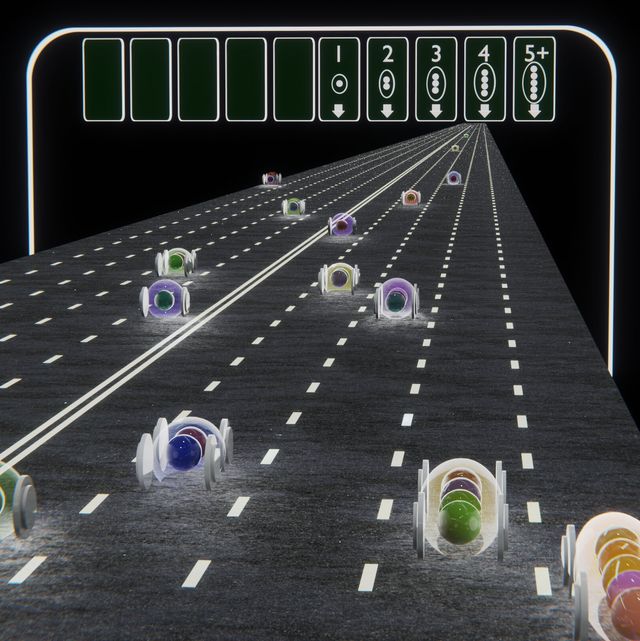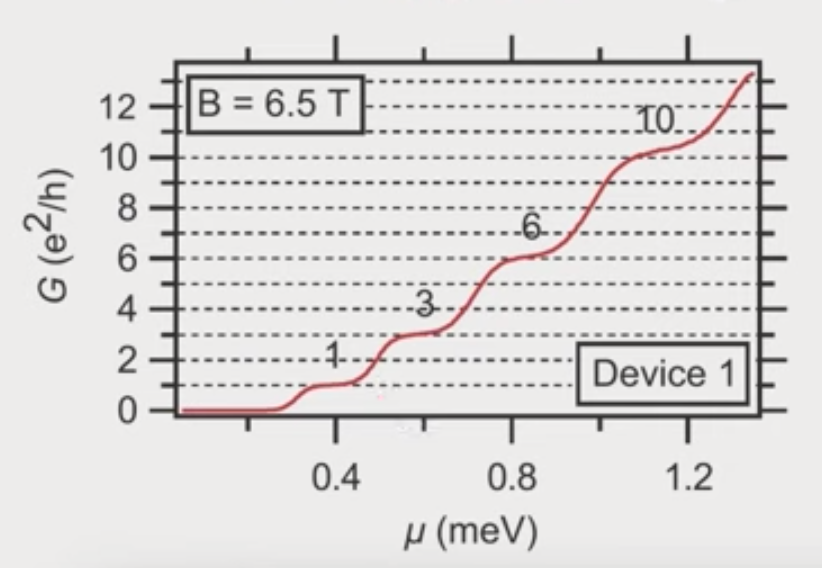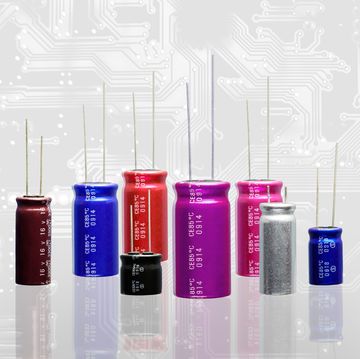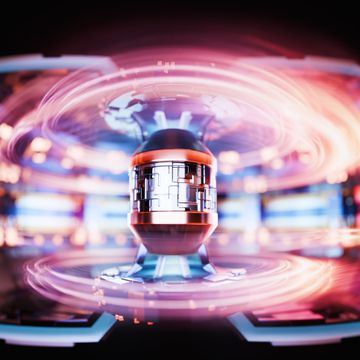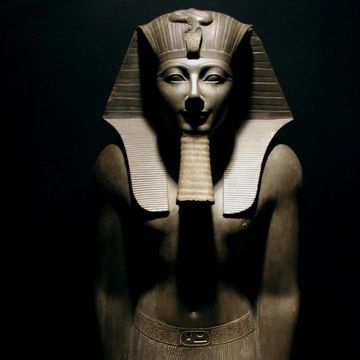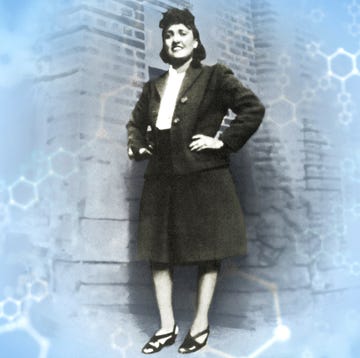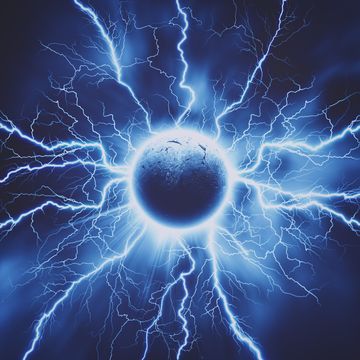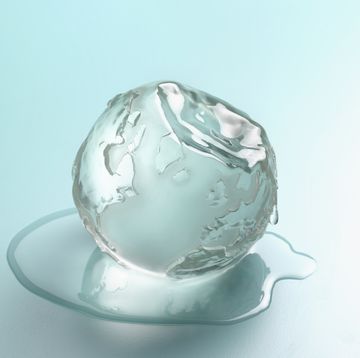- A suggested new phase of matter is an ordered ballistic conductance of different electron clusters.
- Most discoveries of new phases of matter are specialized applications like this.
- The electrons follow wires etched onto an interface using an atomic force microscope.
Scientists from the University of Pittsburgh have discovered a new specialized phase of matter. By electrifying an interface made of lanthanum aluminate and strontium titanate, the researchers observed that electrons were grouping together into what they say is a new form of matter entirely.
Inside the researchers’ one-dimensional system, a solid interface conducts electrons without the chaos of a typical electrical conductor, instead flowing in a ballistic conducting system without added heat. The electrons organize themselves to flow in parallel “lanes” through the conducting material, and researchers found they were “bunching” into groups the researchers say are similar to what you find inside a superconductor.
Their new paper refers to Pascal’s triangle, which is maybe most often used by math students learning binomial theorem and using the triangular set of integer values to decide what their coefficients are. The researchers found that the self-grouping clusters of electrons followed their own lanes, and the conductance of those lanes corresponded with a diagonal series from Pascal’s triangle. In the explainer video, material physics professor Jeremy Levy says the link with Pascal’s triangle is the astonishing part of the discovery.
In a ballistic system, electrons “move without scattering” through channels, Levy says in the video, with a conductance equation that differs slightly from the Ohm’s Law-derived voltage and resistance equation for electrical conductance. This team’s new “Pascal conductors,” as Levy names them, are yet still different. Instead of parallel lanes with a flow of one electron at a time, the electrons are clustering for some reason and grouping themselves into matching lanes.
“Cars” with four electrons each are all in one lane together, while cars with three electrons are together, and so forth. Individual electrons with specific individual charge values are replaced by pairs and clusters—new particles—in a bound state with a different charge value.
Levy says the system is similar to a single-mode optical fiber, not a traditional metallic wire. A single-mode optical fiber allows light to pass through just one mode, compared with a multi-mode optical fiber where a much thicker fiber has room for different modes to travel through at once. (This larger capacity comes with tradeoffs, of course.)
The research team used an atomic force microscope, using a doped pointer tip to apply voltage to its interface. The pointer “draws” a wire onto the top of the interface with protons, and these draw corresponding electrons into the middle layer of the interface. As electrons travel through this drawn wire, first just single electrons pass, and then paired electrons, a “trion phase” of three, and on and on.
“This is a whole family of new particles, a new form of electronic matter, that we’ve discovered,” Levy says in the video. The way the conductance steps up according to Pascal’s triangle also models the discrete conductance of quantum particles in general, meaning conductance doesn’t increase in a smooth line or curve: it jumps in steps like a floor or ceiling function.
Levy says he believes this discovery is part of the new “second quantum revolution,” where physicists are taking their massive and ever-growing amount of knowledge of quantum systems and using that to start building “quantum computing, quantum teleportation, quantum communications, quantum sensing,” and more.

Caroline Delbert is a writer, avid reader, and contributing editor at Pop Mech. She's also an enthusiast of just about everything. Her favorite topics include nuclear energy, cosmology, math of everyday things, and the philosophy of it all.
